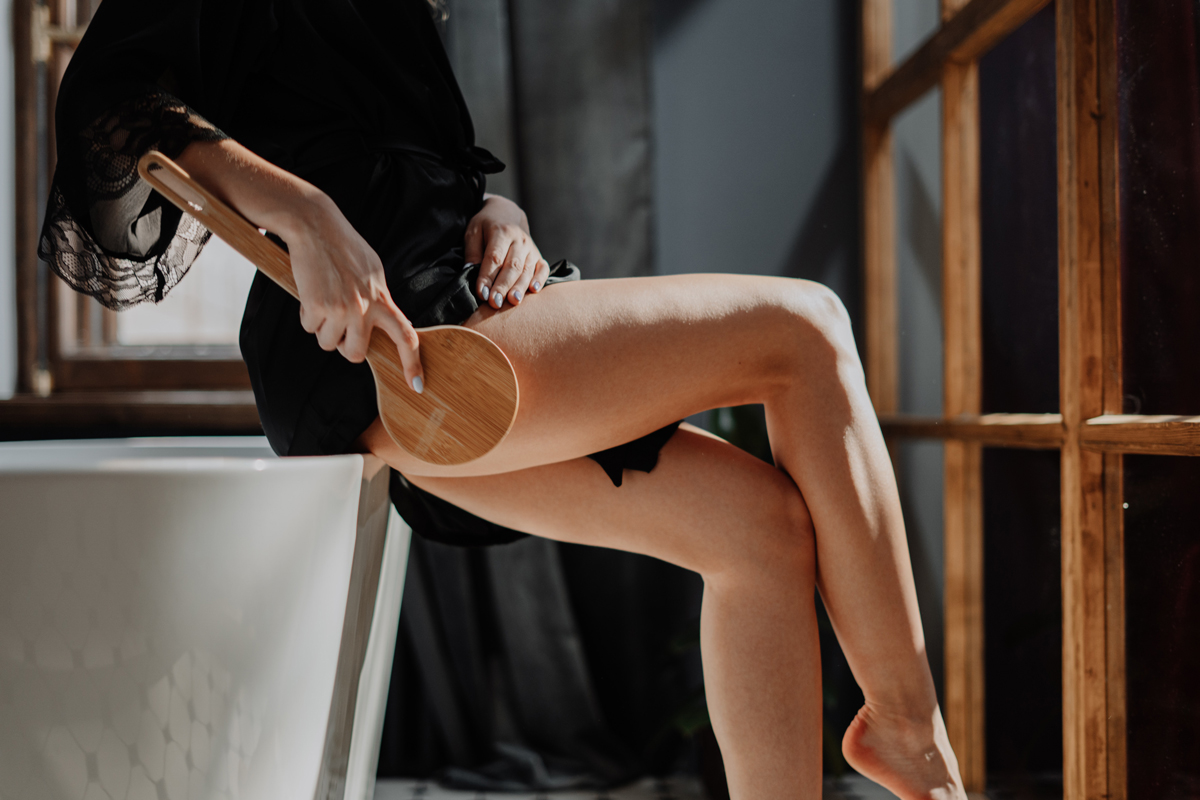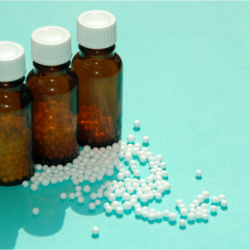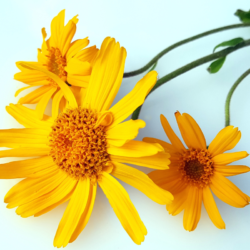Varicose hypodermatitis is a common condition in people with varicose veins. It is characterised by skin inflammation that can cause pain, redness and swelling. Although this condition is not dangerous to health, it can cause discomfort and affect the quality of life of those who suffer from it. In this article, we will explore how homeopathy can help relieve the symptoms of this circulatory disorder and improve vein health.
What is varicose hypodermatitis?
Varicose hypodermatitis, also known as ochre dermatitis or varicose dermatitis, is an inflammation of the skin that occurs around varicose veins. It is characterised by redness, itching, burning and swelling. This circulatory condition usually occurs in people with advanced varicose veins or impaired circulation in the legs.
The use of homeopathic remedies is an interesting option to treat this condition naturally. Many homeopathic remedies are effective in reducing the inflammation and relieving the pain associated with varicose hypodermitis. Among the most commonly used remedies is Carbo Vegetabilis, which is particularly effective in improving blood circulation and reducing swelling.
Causes of varicose hypodermatitis
Varicose hypodermatitis is often caused by venous insufficiency in the hypodermal tissue. It can also be caused by an injury or an insect bite that has not been treated properly. When the blood circulation is impaired in the fat cells called adipocytes, skin disorders appear on the legs. Varicose hypodermatitis is caused by poor blood circulation, which can lead to hypoxia of the micro vessels.
Several factors can contribute to the development of varicose hypodermatitis, including
- Pressure exerted by varicose veins on the surrounding tissue
- Poor circulation in the legs
- Lymphatic disorders
- Injury or trauma to the legs
- Bacterial or fungal infections
Symptoms of varicose hypodermatitis
The characteristic symptom of this condition is the formation of red nodules, which are clearly visible in the hypodermis. These nodules are palpable and easily recognised by touch. They are usually painful and cover the whole leg symmetrically. However, the vast majority of nodules form on the ankles.Nodular hypodermatitis is characterised by red lesions with nodules. In the case of plaque hypodermatitis, the size of the lesions is larger. Infection is an unavoidable symptom of varicose hypodermatitis, especially if the patient is prone to adenopathic fevers or lymphangitis.
How can homeopathy help with varicose hypodermatitis?
Varicose hypodermatitis, also known as acute hypodermatitis, is a condition in which the subcutaneous tissues become inflamed. This condition is often caused by venous insufficiency or may be due to an injury or an insect bite that has not been properly treated. The characteristic symptoms of this disease are the formation of visible red nodules in the hypodermis, usually on the ankles, and pain when touched.
Homeopathy is a natural approach that can help relieve the symptoms of this venous disease without causing harmful side effects. Here are some homeopathic remedies commonly used to relieve varicose hypodermatitis:
- Hamamelis virginia is a homeopathic remedy commonly used to relieve the pain and inflammation associated with varicose veins and varicose hypodermitis. It can also help reduce bruising and swelling.
- Pulsatilla is another homeopathic remedy commonly used to treat varicose veins and varicose hypodermitis. It can help relieve the itching and burning associated with this condition.
- Lycopodium clavatum is a useful homeopathic remedy for treating varicose hypodermatitis in people with varicose veins on the legs and feet. It can help reduce pain, inflammation and tenderness in the affected area.
- Graphites is a homeopathic remedy commonly used to treat skin diseases, including varicose hypodermatitis. It can help relieve the redness, itching and burning associated with this condition.
- Carbo Vegetabilis: This remedy is particularly effective in improving blood circulation and reducing swelling.
- Aesculus hippocastanum: This remedy is effective in relieving pain and swelling caused by venous insufficiency.
- Lachesis mutus: this remedy is often used to relieve pain and swelling that worsens at night.
It is important to consult a health professional before taking any homeopathic remedy, especially if you are already taking medication or have underlying health problems.
In addition to homeopathic remedies, there are other natural ways to treat varicose hypodermatitis. It is recommended to exercise regularly, maintain a healthy weight, avoid standing or sitting for long periods and wear compression stockings to improve blood circulation in the legs.
Other tips to reduce the symptoms of varicose hypodermatitis
As well as homeopathy, there are several other steps you can take to reduce the symptoms of varicose hypodermatitis and improve the health of your veins:
Regular exercise
Regular exercise can help improve blood flow to the legs, reduce pressure on the veins and improve the health of the veins.
Avoid standing or sitting for long periods
Standing or sitting for long periods of time can increase pressure on the veins in the legs and make the symptoms of varicose veins worse.
Maintain a healthy weight
Excessive weight can put extra pressure on the veins in the legs and make the symptoms of varicose hypodermatitis worse.
Avoid crossing your legs
Crossing your legs can restrict blood flow in the legs and increase pressure on the veins.
Avoid tight clothing
Tight clothing can restrict blood flow to the legs and increase pressure on the veins.
Conclusion
Varicose hypodermatitis is a common condition that can cause discomfort and affect the quality of life of sufferers. Homeopathy can help relieve the symptoms of this condition naturally and without harmful side effects. In addition, following preventative measures such as exercising regularly, avoiding standing or sitting for long periods of time, maintaining a healthy weight, avoiding crossing your legs and avoiding tight clothing can help reduce the symptoms of varicose veins and improve the health of your veins.
FAQs
1. Is homeopathy safe for treating varicose hypodermatitis?
Yes, homeopathy is a natural treatment method for varicose hypodermatitis with no harmful side effects.
2. How long does it take for homeopathy to work?
The time it takes for homeopathy to work on varicose hypodermatitis can vary from person to person depending on the severity of the condition.
3. Can exercise help reduce symptoms?
Yes, regular exercise can help improve blood flow in the legs, reduce pressure on the veins and improve the health of the veins.
4. What are the symptoms of varicose hypodermatitis?
The symptoms of varicose vein hypodermatitis include redness, itching, burning and swelling around the varicose veins.
5. How can I prevent varicose hypodermatitis?
To prevent varicose hypodermatitis, it is recommended to follow preventive measures such as exercising regularly, avoiding standing or sitting for long periods of time, maintaining a healthy weight, avoiding crossing your legs and avoiding tight clothing.
Varicose hypodermatitis is a condition that can be effectively treated with homeopathic remedies. Carbo Vegetabilis, Hamamelis, Aesculus, Lachesis and Pulsatilla are common homeopathic remedies used to reduce inflammation and relieve the pain associated with this condition. It is important to consult a health professional before taking any homeopathic remedy. In addition to homeopathic remedies, regular exercise, maintaining a healthy weight, avoiding standing or sitting for long periods of time and wearing compression stockings can help improve blood flow to the legs and reduce the symptoms of varicose hypodermatitis.







